Inari: The God/Goddess Of Prosperity, Rice, And Agriculture
In the rich tapestry of Japanese mythology and culture, one deity stands out above all others – Inari, the divine…
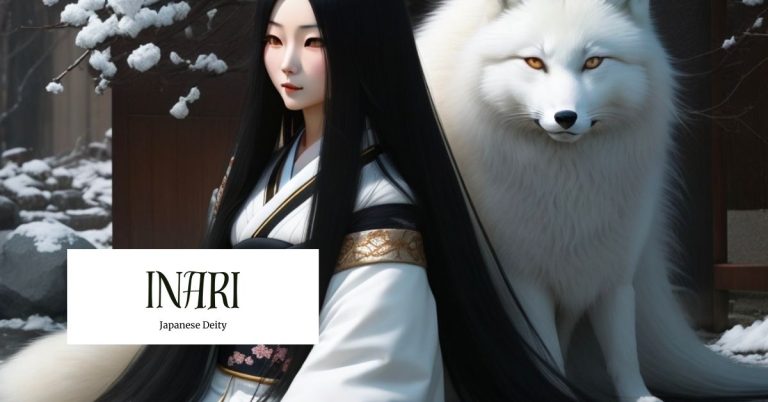
In the rich tapestry of Japanese mythology and culture, one deity stands out above all others – Inari, the divine…
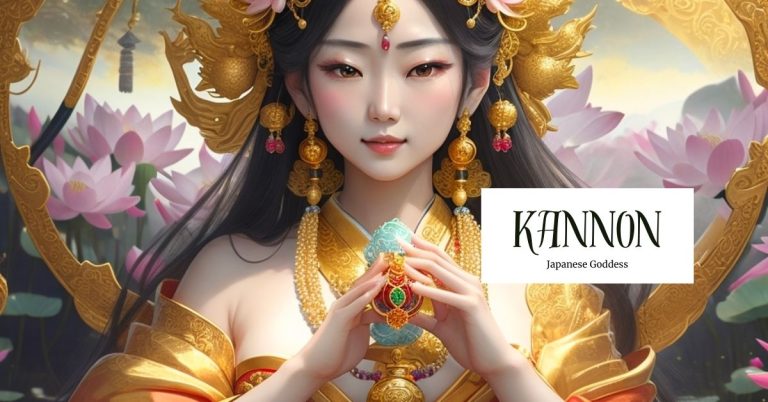
The Kannon Bodhisattva occupies an esteemed position in Japanese Buddhism, symbolizing the personification of compassion, mercy, and enlightenment. Bodhisattva refers…
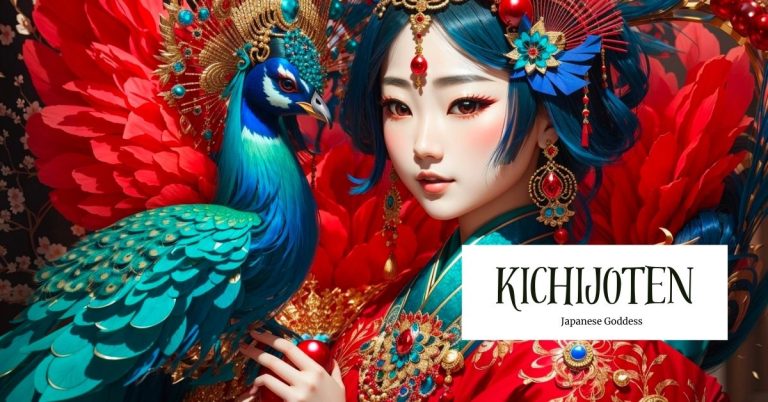
Japanese mythology features numerous deities, each possessing unique qualities and virtues. Among them is Kichijoten, the goddess of beauty, art,…
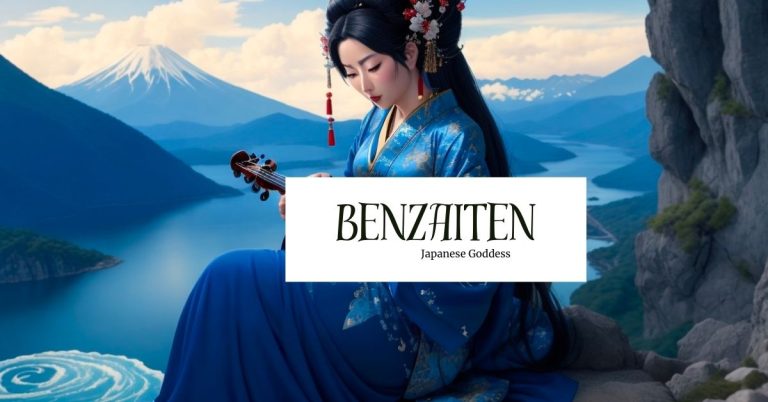
In the rich tapestry of Japanese mythology, there is the Japanese goddess Benzaiten. As goddess of all that moves and…
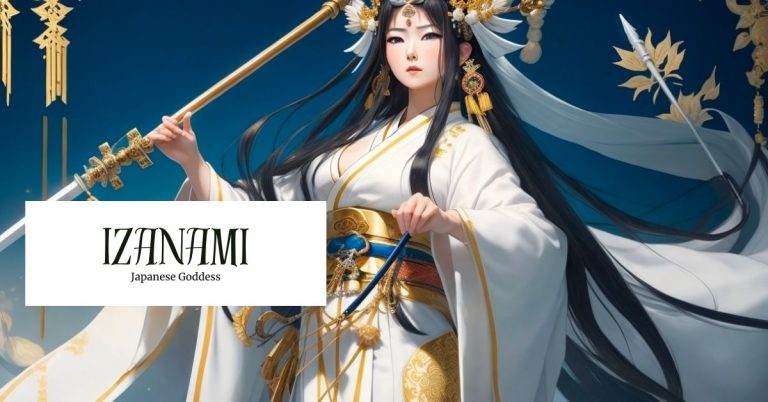
As one of the oldest and most significant deities in Japanese Mythology and the Shinto religion, Izanami played a central…
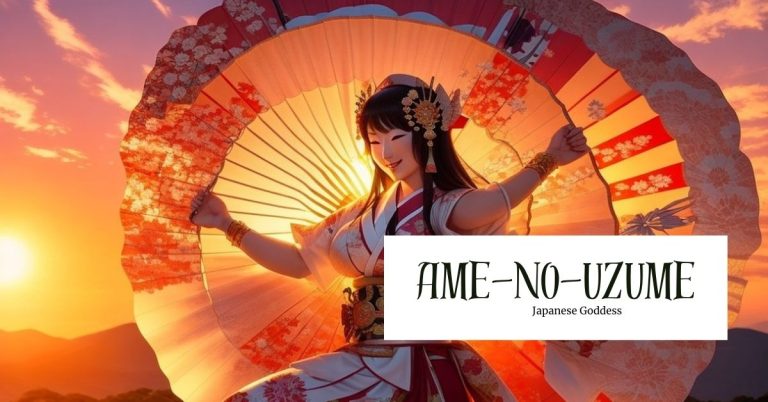
Ame-no-Uzume is a fascinating character in Japanese mythology, revered as the Shinto deity of dawn, revelry, meditation, and the arts….
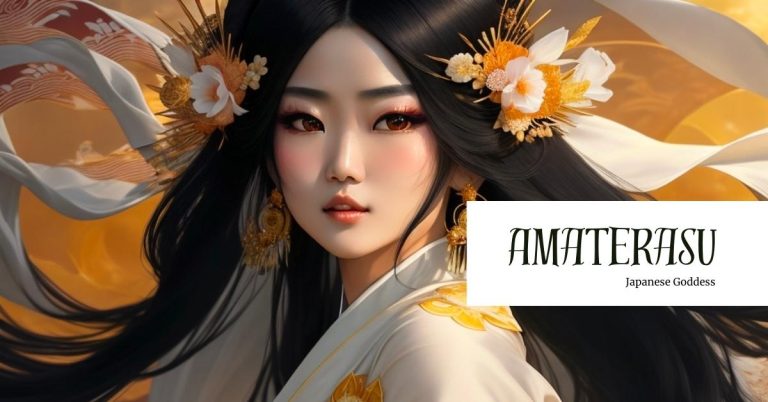
At the heart of ancient Japanese mythology and Shinto (the oldest religion in Japan) is the supreme and revered deity:…